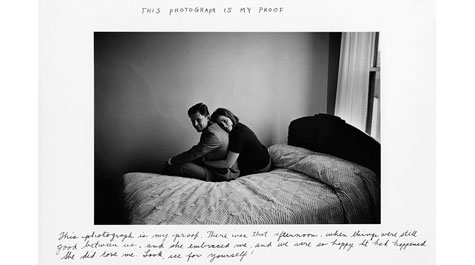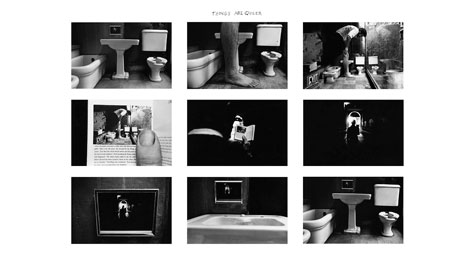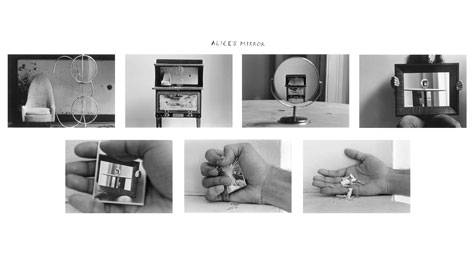Photographer Duane Michals to talk at W&M on March 19
The Department of Art & Art History will launch its Distinguished Lecture Series on Thursday, March 19, with the appearance of acclaimed photographer Duane Michals. The talk, scheduled from 5 to 6 p.m. in Room 101 of Andrews Hall, is free and open to the public.
Michals, described last year by American Photo as “once a radical outlier, now a father of dominant trends,” was born in 1932 in McKeesport, Pennsylvania, outside Pittsburgh. Self-taught, he began shooting photographs as a tourist visiting the USSR in 1958. Five years later, he had his first exhibition in New York.
"Michals remains powerfully influential, not only through his profound marriage of language and imagery, but also by virtue of his particular ability to examine and relay ideas that are not readily observable,” said Eliot Dudik, visiting assistant professor of photography, who arranged the visit. “He also has a wonderful way with humor to tackle some difficult subjects. It is a real honor to have him here to speak at William & Mary."
Michals is best-known for diverting from the styles dominating both commercial and fine art photography in the 1960s and beyond. In commercial photography, he bucked the trend of shooting portraits in a studio, instead capturing subjects in their lived environments.
He also rejected the idea that a single, dominant image need carry the entire weight of a story, instead telling stories through a sequence of photographs that often had no clear apogee.
In keeping with the theme of storytelling, he began writing on his photographs, adding anecdotes and asides, additions that the picture alone didn’t convey.
“That was radical as well. You didn’t deface a beautiful, pristine finished fine art print,” Carnegie Museum of Art Photography Curator Linda Benedict-Jones told the New York Times last year. “Right there, he made some people bristle.”
Along the way, he shot photos for countless magazines, including Esquire, Vogue and Scientific American, as well as accepting commercial advertising jobs and album cover assignments. He has published more than a dozen books, beginning with the ground-breaking Sequences in 1970 and, most recently, 2010’s A Visit with Magritte.
Now in his 80s, Michals continues to upend traditional photography. Most recently, he has added painted elements to tintypes. He owns no digital camera, according to American Photo.
“I always tell students, you’re either defined by the medium or you redefine the medium,” he told the magazine last year.
The Department of Art & Art History launched the Distinguished Lecture Series in the spring of 2011 to bring highly accomplished artists and critics to campus each semester.
The series will welcome literary critic Walter Benn Michaels on Thursday, April 2. Michaels is a professor of English at the University of Illinois at Chicago who writes frequently about photography. He has authored a number of books, including The Trouble with Diversity: How We Learned to Love Identity and Ignore Inequality. The Beauty of a Social Problem: Photography, Autonomy, Economy will be available this summer.


















